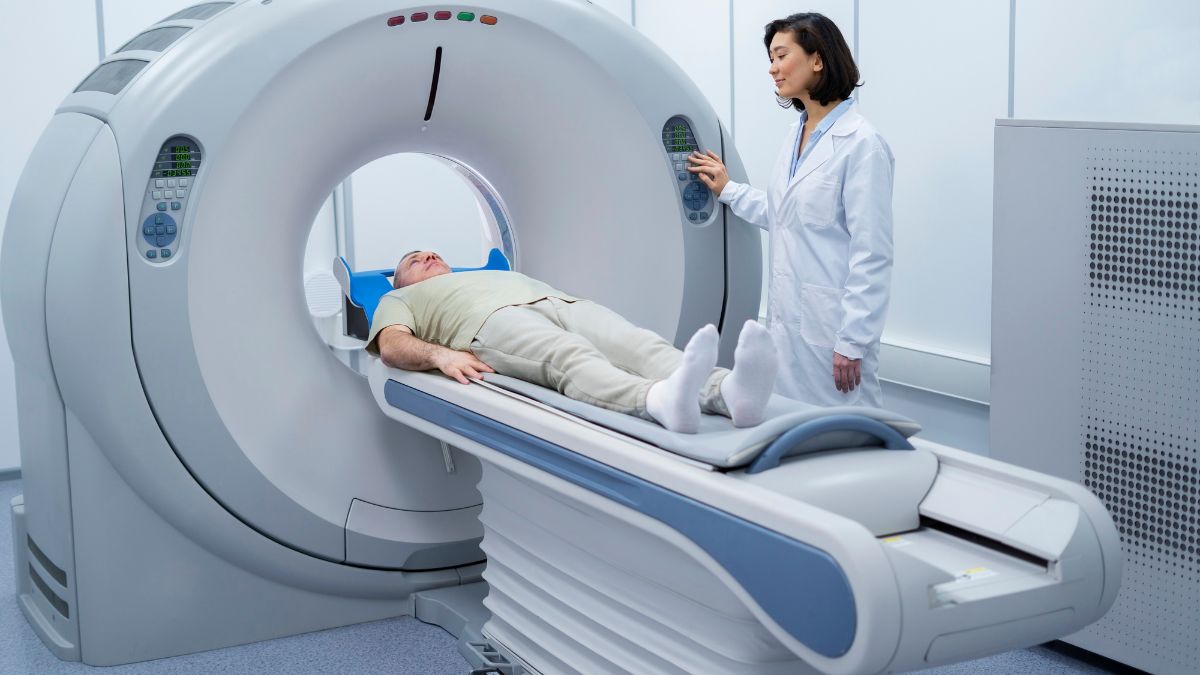
Diagnostic radiology is an essential tool for the early detection and treatment of various medical conditions. It involves medical imaging technologies, such as X-rays, MRI, CT scans, and ultrasounds, to diagnose and treat diseases. This medical specialty is vital in providing accurate diagnoses, guiding treatments, and improving patient outcomes. This article reveals the importance of diagnostic radiology in early detection and treatment.
Early Detection of Medical Conditions
Diagnostic radiology plays a critical role in the early detection of various medical conditions. For instance, mammography is a type of diagnostic radiology that uses X-rays to detect breast cancer in its early stages. Early detection of breast cancer can significantly improve a patient’s chances of survival and reduce the need for aggressive treatments. Similarly, CT scans are used to detect lung cancer in its early stages, which can also improve patient outcomes.
Moreover, as radiology specialist websites providing information on diagnostic radiology will tell you, it is essential in detecting other conditions, such as bone fractures, blood clots, and infections. Early detection of these conditions can help physicians provide timely and effective treatments, preventing further damage or complications. Therefore, diagnostic radiology improves patient outcomes and reduces healthcare costs.
Guiding Treatment Plans
Diagnostic radiology is also used to guide treatment plans for various medical conditions. For instance, MRI scans visualise soft tissues, like the spinal cord and joints, providing detailed images of structures that cannot be seen with X-rays. This imaging technology is used to guide surgical procedures, such as brain surgery and joint replacement, ensuring accurate placement of surgical instruments and reducing the risk of complications.
Similarly, CT scans guide radiation therapy, a treatment method used to kill cancer cells. The precise location of cancer cells is identified through CT scans, and a radiation oncologist uses this information to plan and deliver radiation therapy precisely.
In addition, ultrasound is used to guide needle biopsies, a minimally invasive procedure used to diagnose various medical conditions, including cancer. The ultrasound images provide a real-time view of the targeted area, ensuring accurate placement of the needle and reducing the risk of complications.
Improving Patient Outcomes
Diagnostic radiology plays a significant role in improving patient outcomes. Accurate and timely diagnoses provided by diagnostic radiology can help physicians develop effective treatment plans and improve patient outcomes. Moreover, radiology can help identify the most suitable treatment options for patients, minimising the risk of complications and improving recovery times.
Furthermore, it can help monitor the effectiveness of treatment and identify potential complications. For instance, imaging technologies such as MRI can be used to monitor cancer progression and evaluate treatment effectiveness. Similarly, X-rays and CT scans can be used to monitor the healing of bone fractures and ensure that the bones are healing correctly.
Reducing Healthcare Costs
Diagnostic radiology can also help reduce healthcare costs by providing accurate and timely diagnosis, reducing the need for expensive and unnecessary treatments. Moreover, this kind of radiology can help identify medical conditions in their early stages, reducing the need for costly treatments and hospitalizations. Early detection and treatment of medical conditions can help prevent the progression of the disease, reducing the necessity for costly procedures.
To summarise, diagnostic radiology is a vital tool that lets healthcare professionals detect various medical conditions early. It plays a significant role in providing accurate diagnoses, guiding treatment plans, improving patient outcomes, and reducing healthcare costs.




